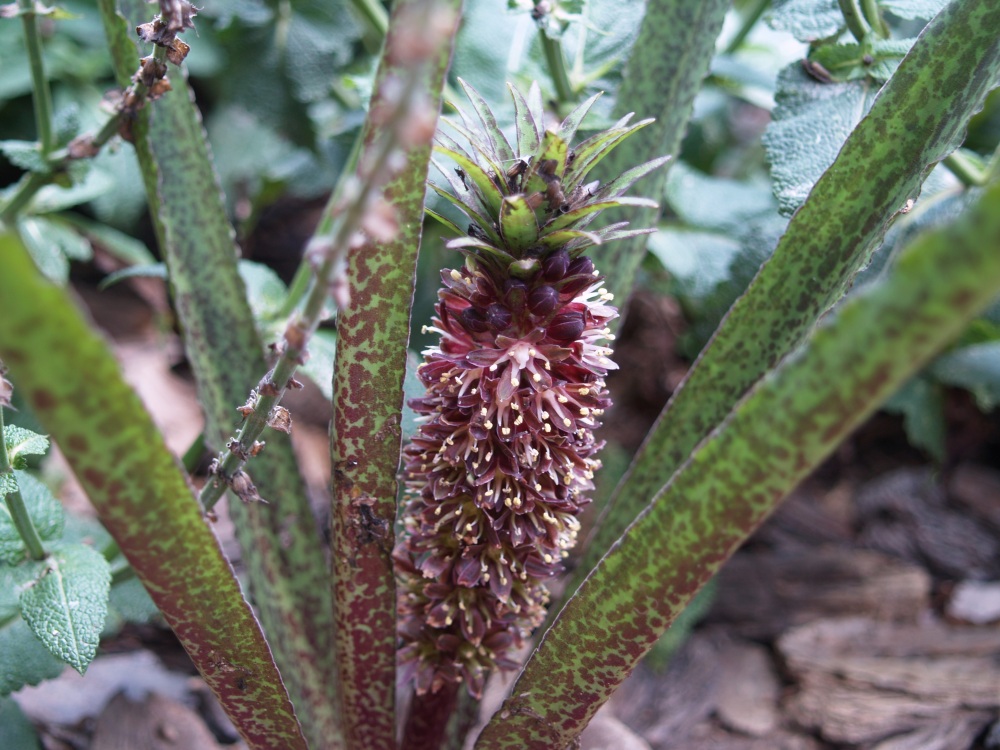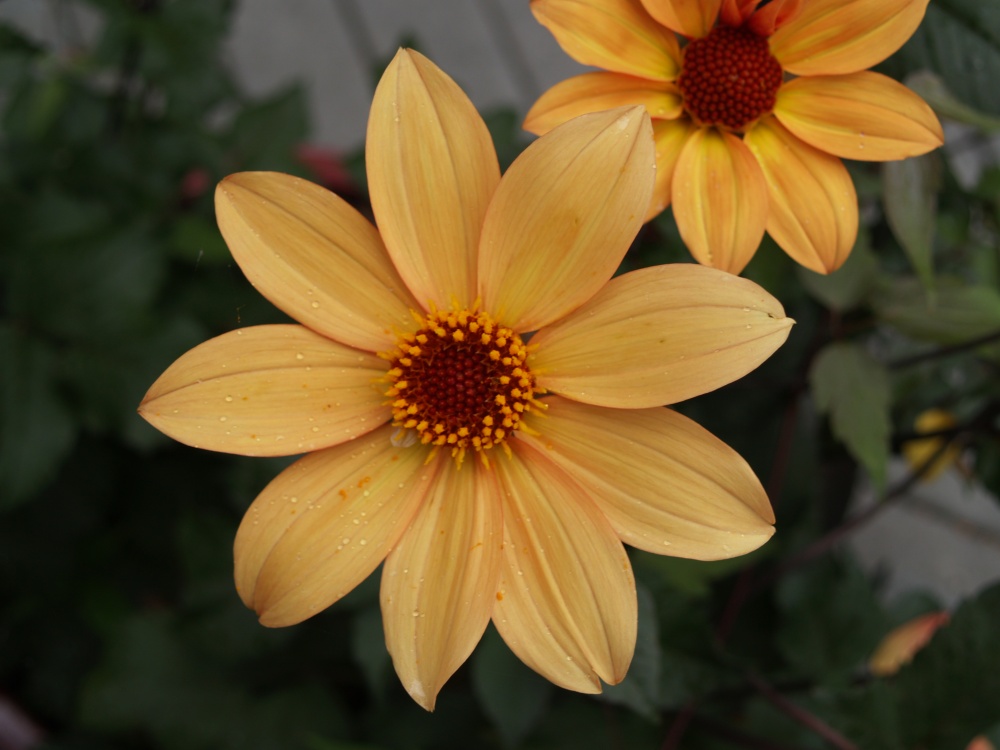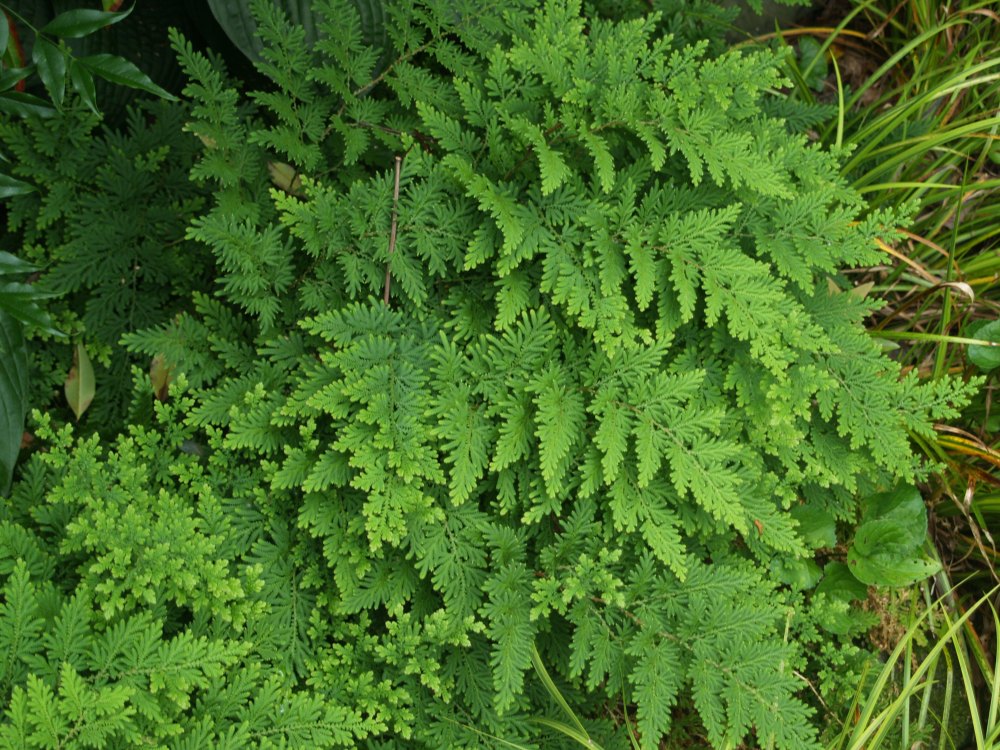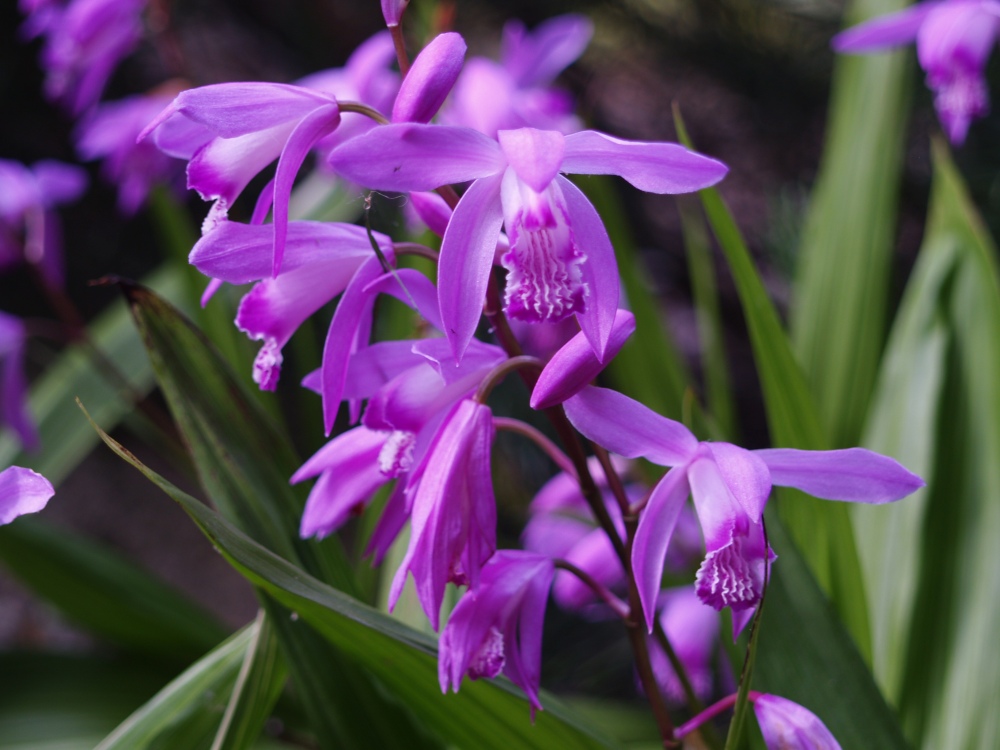As plant catalogs clog the mailbox in mid winter, the gardener must be wary to resist temptation to foolishly purchase any shiny bauble that catches his eye. I suppose that resistance is greater when the gardener is entertained by hellebores, witch hazels, and winter jasmine flowering early in this mild winter, but on a chilly afternoon, with the garden under a melting, but still deep cover of snow, the gardener is anxious for spring that is still six weeks off.
Ordering just a few of the splendid new Pineapple lilies (Eucomis vandermerwei ‘Octopus’, above) and Red Hot pokers, a handful of Asiatic lilies (though I’m undecided on colors), and of course Cyclamen (to replace ones dug up by squirrels soon after they were planted a year ago) seems very conservative, and certainly is more restrained than a year ago when similar (or larger) purchases were made from five or six vendors. Purchases are facilitated by requiring only the pressing of a few buttons on a website, with address and credit card information magically appearing so that the years’ garden budget can be quickly spent with minimal effort.
Certainly, I am more hesitant filling a cart in the garden center, though plants there are larger and actual flowers more seductive than only a photograph. But, mail order vendors understand the restlessness of winter, and it is all that I can manage to toss catalogs into the recycling without making a purchase.
Yes, there is a question of where all this will go once it arrives after the threat of hard freeze is past in mid April. A year ago, I could find no record of purchases made in January even a few weeks later, so I was delighted when one package after another arrived on the first warm spring afternoons. Somehow, a place was found for everything, though some locations are questionable and only after the first winter does the gardener discover the error of his ways.

Perhaps other gardeners are more reasoned than I, but I suspect not. When the garden is most desolate, the gardener is most easily seduced, imagining sunny yellow dahlia blooms framed by dark foliage, and never mind that he is unlikely to dig and store them properly in autumn. He must have another of the giant Elephant ear that was inadvertently left outdoors too long a year ago, with no consideration where it will be overwintered, which was the problem and why the other was lost.

For better or worse, the gardeners’ decisions are too rarely dictated by logic, and willpower is too often lacking. But, as this garden becomes more cluttered, the thought occurs that more consideration is required. I will cancel the Pineapple lily order and wait for spring deliveries to the garden center. This will save considerable expense, and it is likely that more planning will assure that all plants will have a proper place.

However, there is advantage in purchasing a few bare root plants in dormancy, which must be done early from specialty growers. I’ve recently become enamored with club and spike mosses (Arborvitae fern, Selaginella baunii), and I’ve had marvelous success planting dormant ground orchids (Bletilla, above). These will work splendidly beneath Japanese maples, and unquestionably are wise purchases. No doubt, if snow lingers much longer, other purchases will seem equally well reasoned.

What else do you like to plant under Japanese maples? I have a newly planted small grove of them but haven’t underplanted yet. Thoughts? I don’t want to distract from the trees by having a patchwork but I don’t want monotony either.
There are somewhere around thirty Japanese maples in the garden, with a hodgepodge of low perennial plantings beneath them. The one that doesn’t work is Ostrich ferns that are planted surrounding a relative newcomer that is practically lost in the tall ferns. Eventually, this could work beautifully, but for now the scale is off and it would be better with a lower growing fern. Since many of the maples are ten to twenty plus years since planting, they are quite large and I’m able to plant hostas and other large leaf shade perennials that contrast in texture.
I am never very concerned that patchworks of varying plants are distracting. Though it is hardly true, I too often claim to have at least one of everything, and the only person to complain is my wife.
I have a Filigree Japanese maple in dappled sun with leadwort as a groundcover beneath it. The idea was to echo the maple’s fall foliage with the leadwort’s red leaves in the fall, and contrast it with the bright blue flowers. Some years the combination works better than others! But this new little grove is much more shaded, under a tall, old oak, and it includes about 15 young trees. A variety of small hostas might be nice …
Though I don’t recommend this approach, too often I only consider if there is adequate space for a plant, and if there is the proper sun or shade exposure. Probably, I’m subconsciously considering textures and other criteria. It all seems to work in the end.
where did you purchase the ground orchid from?
Probably, the first orchids came from Keeping it Green Nursery, in Washington, but I’ve added a few from other mail order sources, and a few from the garden center. All have grown without a hitch, and each year they multiply so that the initial expense is now considered a bargain.